The 5-Minute Neurology Consult (5-Minute Consult) 2nd (second) Edition
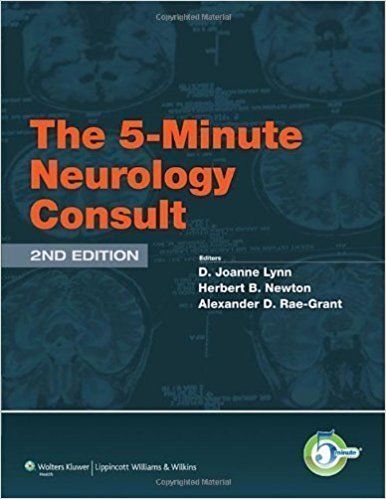
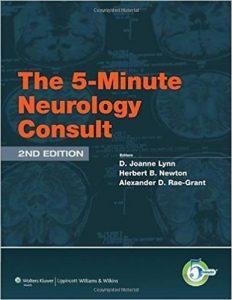
[amazon template=iframe image2&asin=B00E6TQU82]
Medical Books Library for Doctors, Physicians, Surgeons, Dentists, Intensivists, Physician Assistants, Nurses, Medical Technicians and Medical Students
Medical books library



[amazon template=iframe image2&asin=B00E6TQU82]
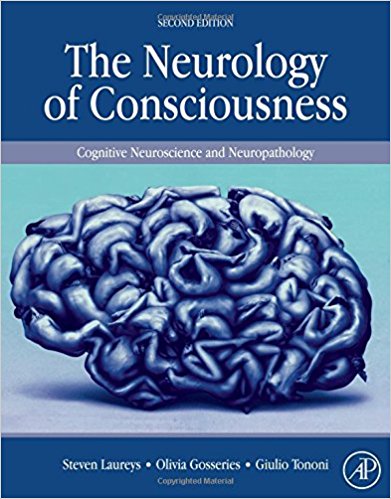
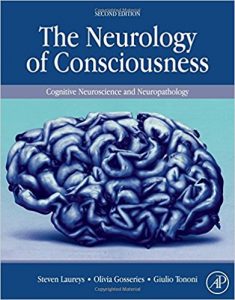
[amazon template=iframe image2&asin=0128009489]
The second edition of The Neurology of Consciousness is a comprehensive update of this ground-breaking work on human consciousness, the first book in this area to summarize the neuroanatomical and functional underpinnings of consciousness by emphasizing a lesional approach offered by the study of neurological patients. Since the publication of the first edition in 2009, new methodologies have made consciousness much more accessible scientifically, and, in particular, the study of disorders, disruptions, and disturbances of consciousness has added tremendously to our understanding of the biological basis of human consciousness. The publication of a new edition is both critical and timely for continued understanding of the field of consciousness.
In this critical and timely update, revised and new contributions by internationally renowned researchers―edited by the leaders in the field of consciousness research―provide a unique and comprehensive focus on human consciousness. The new edition of The Neurobiology of Consciousness will continue to be an indispensable resource for researchers and students working on the cognitive neuroscience of consciousness and related disorders, as well as for neuroscientists, psychologists, psychiatrists, and neurologists contemplating consciousness as one of the philosophical, ethical, sociological, political, and religious questions of our time.
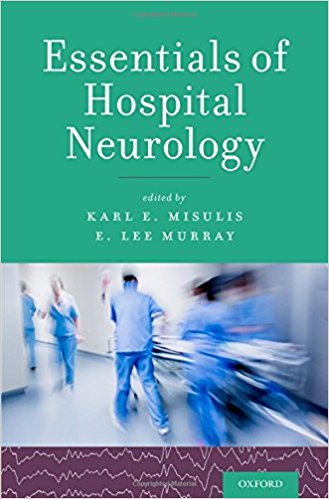
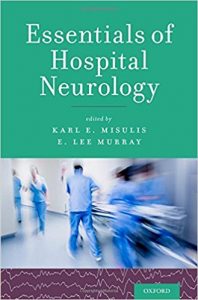
[amazon template=iframe image2&asin=0190259418]
Essentials of Hospital Neurology is a concise and practical guide to the diagnosis and management of neurologic disorders commonly encountered in hospital practice. This book discusses the business of hospital neurology, problem-oriented approaches to diagnosis, clinical details of important neurologic disorders that may be seen in the ER and inpatient settings, and key diagnostic and management strategies. This text focuses on practical management, making this an excellent source for the neurologist at any level from the resident to fellow to practicing physician. Medicine hospitalists and hospital-based mid-level providers will find this a useful resource for guiding care of their patients with neurologic conditions.
Key Features of Essentials of Hospital Neurology
· Incorporates up-to-date guidelines and best practices for neurologic hospital care;
· Extensive use of bulleted lists, tables, and flowcharts;
· Noted academic coauthors of selected sections for subspecialty expertise;
· Provides key references and recommended readings; and
· Includes critical reference material such as assessment scales, neurologic diagnostic tests, and guides to management of social and ethical issues.
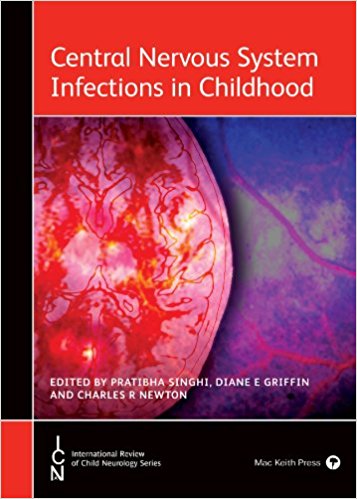
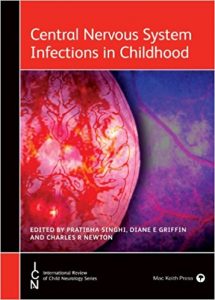
[amazon template=iframe image2&asin=1909962449]
This title has been developed with the International Child Neurology Association to provide information on all common CNS infections. It covers almost all CNS infections commonly seen in children across the world including those in developed and resource poor countries. It provides concise, state of the art overview of viral, bacterial, tubercular, fungal, parasitic and many other infections of the CNS. In addition involvement of the CNS secondary to other infections or vaccines has also been briefly covered. A chapter on Principles of Management of CNS Infections provides a practical and pragmatic approach to management of CNS infections in general. A chapter on ‘Neuroimaging of CNS Infections’ and ‘A brief account of Febrile Seizures in Children’ is included.
The book is intended to be of practical use to residents, physicians, paediatricians and paediatric neurologists across the globe. It should be particularly helpful in providing important information in an easily accessible and comprehensive format, with supporting references.
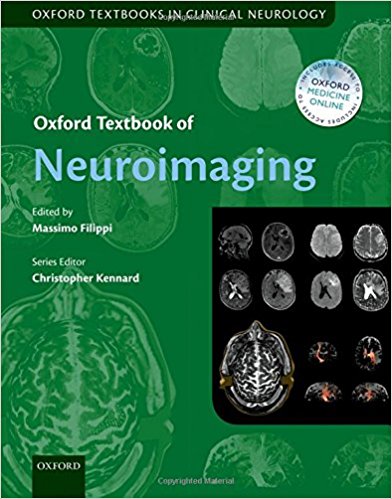
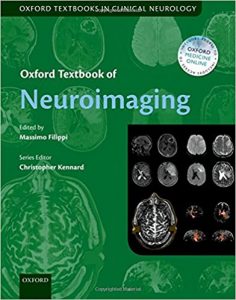
Part of the Oxford Textbooks in Clinical Neurology series, the Oxford Textbook of Neuroimaging provides an overview of the established and latest neuroimaging methodologies, and illustrates their application to the main diseases of the brain and the spinal cord including movement disorders, headache and stroke. In addition, assessments of neuroimaging techniques in both adult and paediatric neurological conditions are included, enabling thorough examples from both age groups.
This full-colour book contains 280 detailed photographs and illustrations that enable a clear understanding of each technique. Covering the newest advances, each different imagining technique is comprehensively described, providing a practical relevance and a stimulus for more in-depth readings. The print edition is supplemented with a concurrent online edition, which allows access to the full content of the textbook, contains links from the references to primary research journal articles, and provides access to figures and tables that can be downloaded by the user.
Providing a balanced state-of-the-art guide to neuroimaging for neurologists and radiologists, this title will enhance understanding of the pathophysiological basis of neurological conditions and will help set the stage for future research.
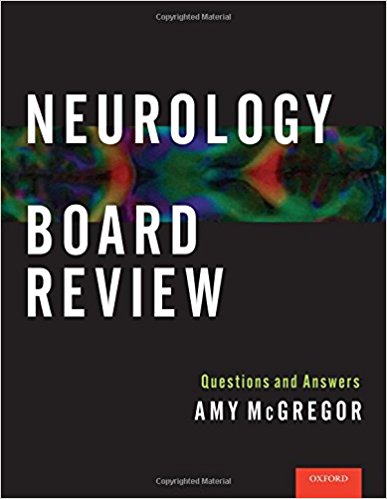

[amazon template=iframe image2&asin=0199895627]
Neurology Board Review: Questions and Answers is an easy to read guide that was created to prepare the reader for the American Board of Psychiatry and Neurology (ABPN) certification and recertification exams. It was specifically designed to cover the topics listed in the ABPN content outline, which should be used in tandem with this book, and includes questions about recent practice parameters published by the American Academy of Neurology. Formatted in a user-friendly way, utilizing case-based and multiple choice questions, this book promotes absorption of key facts and neurological concepts quickly and on-the-go.
This authoritative resource provides an in-depth look at basic neuroscience, critical care and trauma, cerebrovascular diseases, movement disorders, neuromuscular diseases, psychiatry, behavioral neurology, clinical neurophysiology, headaches and pain, metabolic disorders, pediatric neurology and sleep disorders. With over 1,000 questions, Neurology Board Review illustrates key concepts using short and pithy explanations; including informative illustrations, descriptive tables, and a list of further readings at the end of each section. This is the perfect study aid for residents and neurologists alike.

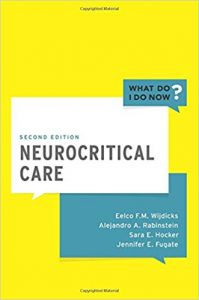
[amazon template=iframe image2&asin=0190602651]
Patients in the neurointensive care unit pose many clinical challenges for the attending physician. Even experienced clinicians occasionally arrive at the point where diagnostic, work-up, treatment, or prognostic thinking becomes stymied. In daily practice, neurocritical care pertains to managing deteriorating patients, treatment of complications but also end-of-life care assisting families with difficult decisions. Part of the “What Do I Do Now?” series, Neurocritical Care provides insight into interventions in acute neurologic disorders. Using a case-based approach, this volume emphasizes how to handle comparatively common clinical problems emergently. New to this edition are cases on monitoring and prognostication. All cases have been carefully revised, and new information, references, and practical tables have been added. Neurocritical Care is both an engaging collection of thought-provoking cases and a self-assessment tool that tests the reader’s ability to answer the question, “What do I do now?”
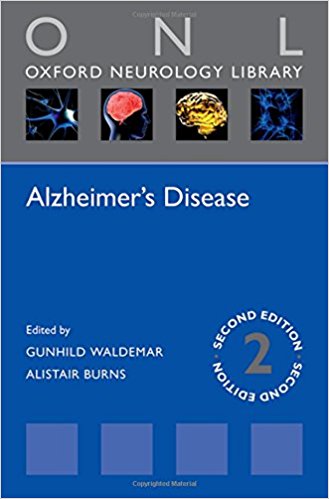
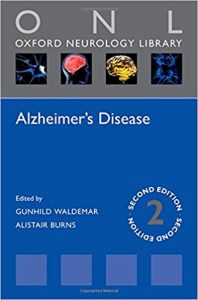
[amazon template=iframe image2&asin=0198779801]
Part of the Oxford Neurology Library series, this second edition of Alzheimer’s Disease is a succinct and practical introduction to the diagnosis, evaluation and management of Alzheimer’s disease. This practical pocketbook contains 14 fully updated chapters on key topics such as pathophysiology, epidemiology, pharmacological treatments, and psychological symptoms. The introduction of new chapters on atypical presentations, end-of-life issues, and case vignettes ensure the reader is fully equipped with the latest understanding of the possible causes of the disease, methods of diagnosis, and management techniques. Content is presented in a concise and easy to read format designed for quick reference, with helpful key points listed at the start of each chapter.
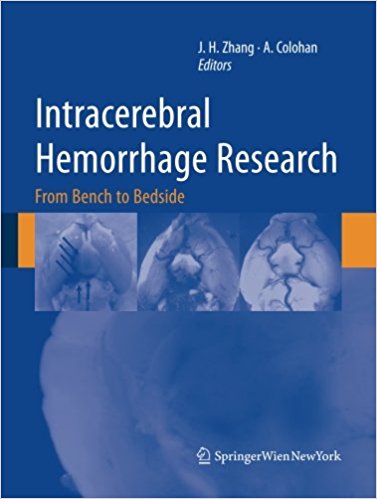
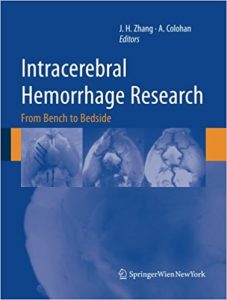
[amazon template=iframe image2&asin=3709120071]
Based on the Third International Conference on Intracerebral Hemorrhage, held in March 2010, this volume explores the recent advances in hemorrhagic brain injury research presented by highly respected laboratories around the world.
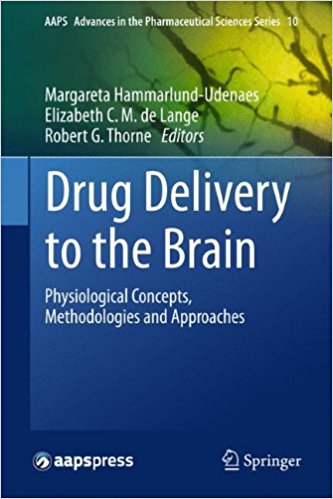
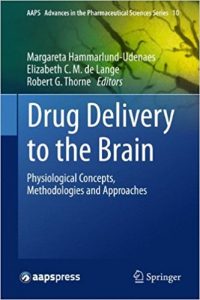
[amazon template=iframe image2&asin=1461491045]
The development of new CNS drugs is notoriously difficult. Drugs must reach CNS target sites for action and these sites are protected by a number of barriers, the most important being the blood –brain barrier (BBB). Many factors are therefore critical to consider for CNS drug delivery, e.g. active/passive transport across the BBB, intra-brain distribution, and central/systemic pharmacokinetics, to name a few. Neurological disease and trauma conditions add further complexity because CNS barriers, drug distribution and pharmacokinetics are dynamic and often changed by disease/trauma. Knowledge of all these factors and their interplay in different conditions is of utmost importance for proper CNS drug development and disease treatment. In recent years much information has become available for a better understanding of the many factors important for CNS drug delivery and how they interact to affect drug action. This book describes small and large drug delivery to the brain with an emphasis on the physiology of the BBB and the principles and concepts for drug delivery across the BBB and distribution within the brain. It contains methods descriptions for studying drug delivery, routes and approaches of administering drugs into the brain, the influence of disease, and drug industry perspectives. Therewith, it contributes to an in-depth understanding of the interplay between brain (patho)-physiology and drug characteristics. Furthermore, the content is designed to be both cutting-edge and educational, so that the book can be used in high-level training of academic and industry scientists with full references to original publications.